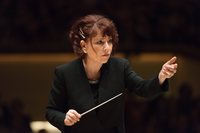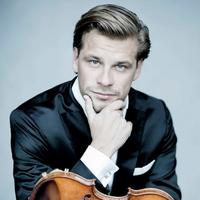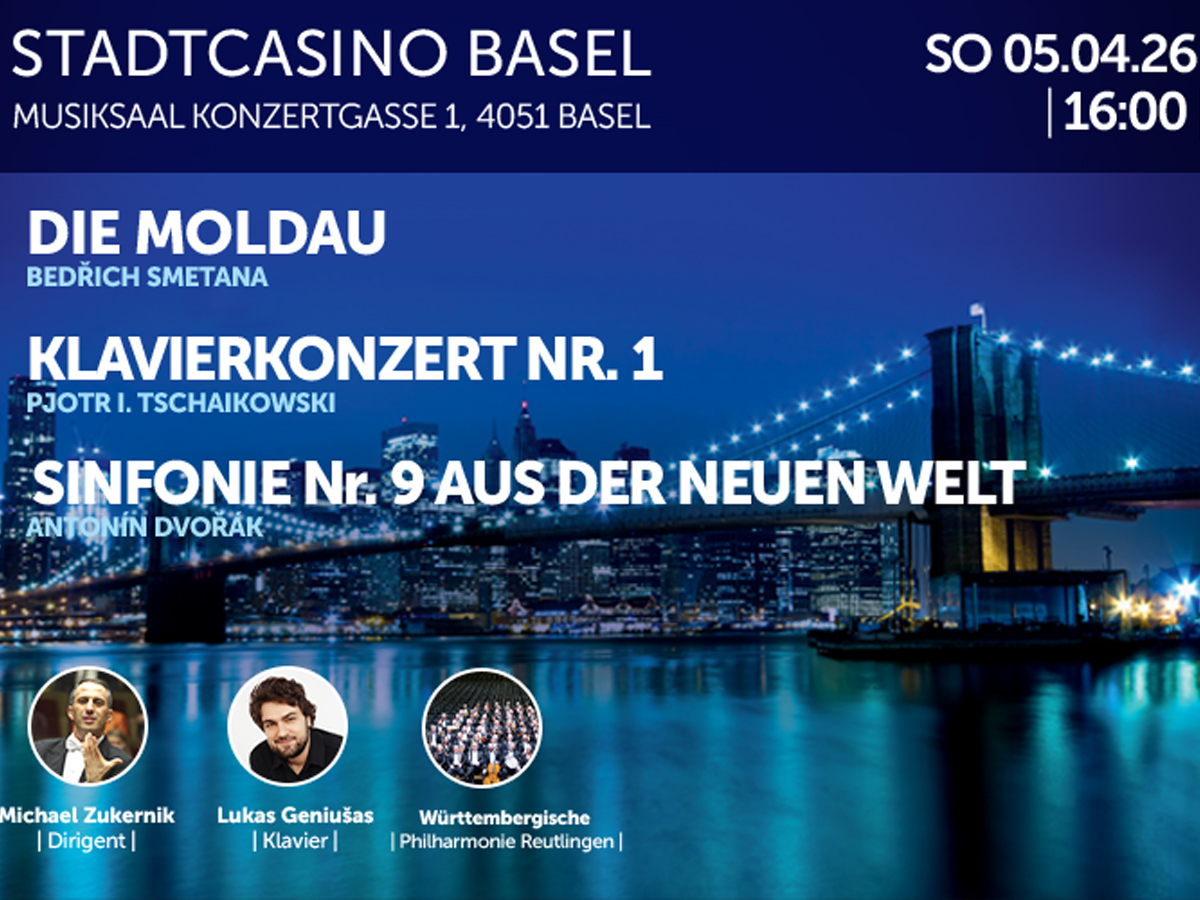

Mendelssohn | Violin concert
Handel Music from Water | Mozart Symphony No.40 and works by Bach & Beethoven
Time
Composer
Conductor & Orchestra
On Christmas holidays, masterpieces of classical music will be heard in the French Cathedral. The focus is on the absolute hit of Baroque music, the 2nd Suite of Water Music by Georg Friedrich Händel, as well as the darling of the audience the Violin Concerto in E minor by Felix Mendelssohn Bartholdy. The special accompaniment of the contemplative evening will be provided by the award-winning soloist Kirill Troussov and the Philharmonic Chamber Orchestra Berlin under the direction of Rimma Sushanskaya.
The Philharmonic Chamber Orchestra Berlin under the direction of Rimma Sushanskaya opens today's concert evening with the overture The creatures of Prometheus in C major op. 43 by Ludwig van Beethoven.
This is followed by the Violin Concerto in E minor op. 64 by Felix Mendelssohn Bartholdy with Kirill Troussov on the violin. Joseph Joachim, who played the Dresden premiere as a fourteen-year-old, performed the concert until the 20th century. Friedrich Nietzsche, a profound connoisseur of music, wrote in "Beyond Good and Evil" that Mendelssohn was the beautiful incident of German music. In 1886, when these words were published, the philosopher had already broken with the music of his time, especially with the Wagner, and condemned the entire romanticism as a second-rate music. The fact that he excluded Mendelssohn thereby, is mainly due to its classicism. In addition to all the beautiful themes and sounds in his music, Mendelssohn always finds a sovereign and classically oriented design. The composer, as is customary in classical concerts, remains in his grand form in three movements: a main movement designed according to the sonata form, a slow second movement, and a fast finale.
Then the water music by Georg Friedrich Händel will be the second suite in D major. Georg Friedrich Handel received the artistic inspiration for the main forms of his instrumental music during his trip to Italy (1706 - 1710). Through the acquaintance of Arcangelo Corelli, the leading instrumental musician of Italy, he became familiar with the then modern forms of concerto grosso and the trio sonata. No doubt Handel was fundamentally geared towards Corelli in terms of formal layout and sequence. However, Handel goes far beyond Corelli in terms of the cyclical arrangement of the movements and the compositional technique. Typical are also new emotional expressive elements, which he naturally takes from the operatic style. Furthermore, the introduction of a second motif as affect contrast and its often bold harmony and a very subtle differentiation of the sound strengths are significant. On July 17, 1717, the social event took place on the River Thames, at which Handel's famous 2nd Suite in D major from Wassermusik had its world premiere. The orchestra followed on its own boats of the royal bark Georg I. On the orders of the king, the work and individual pieces were repeated several times.
Then you will hear the Brandenburg Concerto No. 3 in G major by Johann Sebastian Bach, which, as a polyphonic work, is the most reminiscent of the old Venetian tradition: three groups of instruments (violin, viola, cello) of three voices compete against each other. As a further special feature of the 3rd Brandenburg Concerto, it should be emphasized that instead of the middle movement, only a semi-final formula occurs, which should probably form the conclusion of a cadenza to be improvised. The harpsichord, which gained great prominence with Bach and for the first time is itself used as a concertato instrument, should unfold improvised at this point. The solo emergence of individual voices also adds a concertante element to the music. Striking is also the uniform theme both in the first, as well as in the last sentence, the jig. The latter develops high virtuosity with its continuous sixteenths.
The concert concludes with the Symphony No. 40 in G minor KV 550 by Wolfgang Amadeus Mozart. He wrote the Symphony No. 40, as well as two more symphonies, within a good six weeks in the summer of 1788, three years before his death.




Michael Zukernik, Conductor
Lukas Geniušas, Piano













